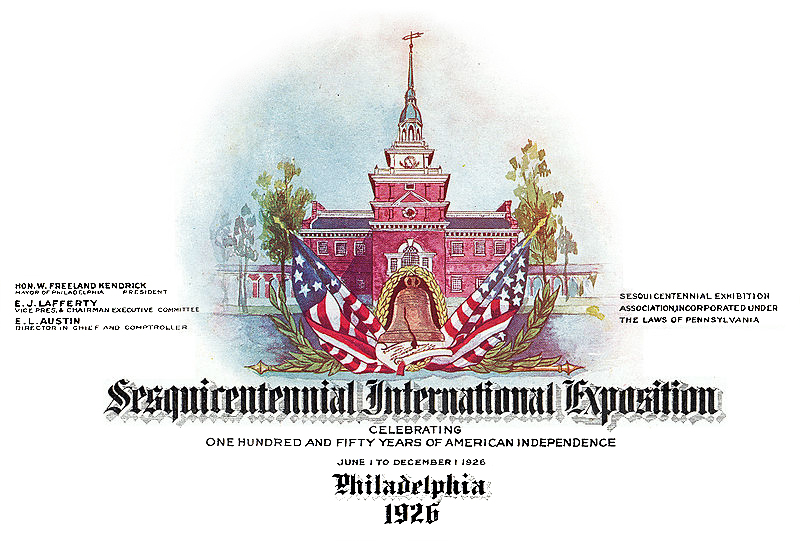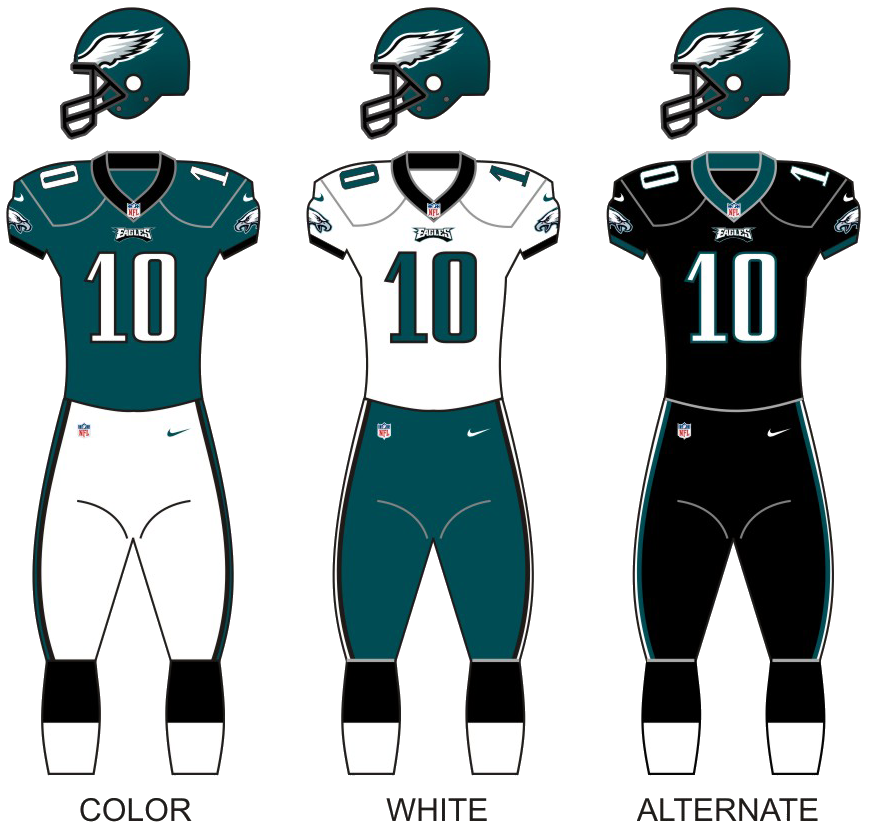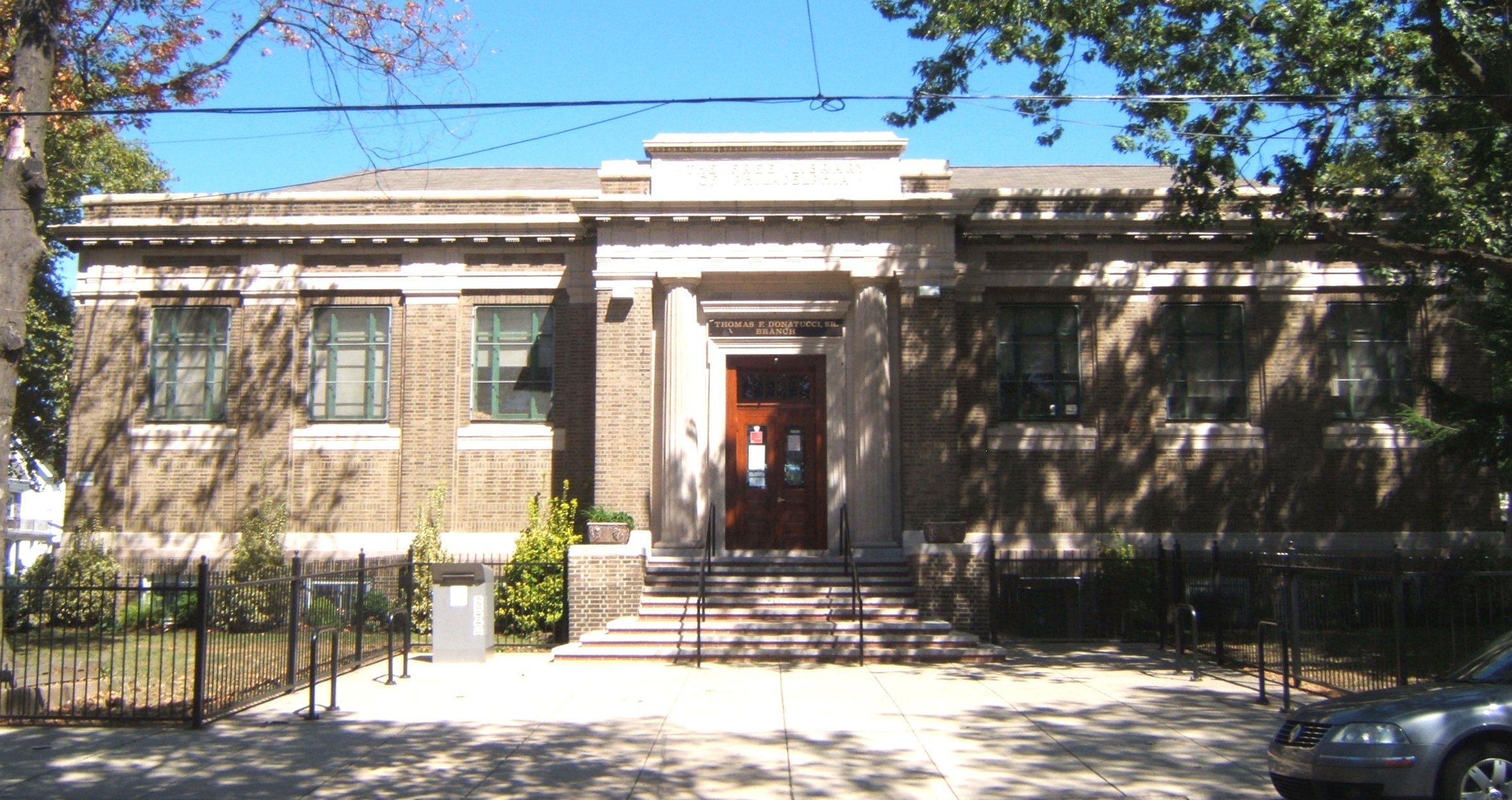|
Sesquicentennial Exposition
The Sesqui-Centennial International Exposition of 1926 was a world's fair in Philadelphia, Pennsylvania. Its purpose was to celebrate the 150th anniversary of the signing of the United States Declaration of Independence, and the 50th anniversary of the 1876 Centennial Exposition. History Planning In 1916, the idea for a Sesquicentennial Exposition stemmed from the mind of John Wanamaker, who was the only living member of the Centennial Exposition's Finance Committee. At the time Philadelphia was a booming city, in terms of size and opportunity; however, it suffered from corruption on political and financial fronts. Wanamaker was well aware of the city's corruption, and believed a fair could redeem Philadelphia's reputation. He believed by hosting another world's fair, the restoration of the city's integrity, patriotism, and industry would emerge. By the end of August 1916, Wanamaker received the support of Howard French, the president of the Philadelphia Chamber of Commerc ... [...More Info...] [...Related Items...] OR: [Wikipedia] [Google] [Baidu] |
Sesqui-Centennial Invitation
The Sesqui-Centennial International Exposition of 1926 was a world's fair in Philadelphia, Pennsylvania. Its purpose was to celebrate the 150th anniversary of the signing of the United States Declaration of Independence, and the 50th anniversary of the 1876 Centennial Exposition. History Planning In 1916, the idea for a Sesquicentennial Exposition stemmed from the mind of John Wanamaker, who was the only living member of the Centennial Exposition's Finance Committee. At the time Philadelphia was a booming city, in terms of size and opportunity; however, it suffered from corruption on political and financial fronts. Wanamaker was well aware of the city's corruption, and believed a fair could redeem Philadelphia's reputation. He believed by hosting another world's fair, the restoration of the city's integrity, patriotism, and industry would emerge. By the end of August 1916, Wanamaker received the support of Howard French, the president of the Philadelphia Chamber of Commer ... [...More Info...] [...Related Items...] OR: [Wikipedia] [Google] [Baidu] |
South Philadelphia
South Philadelphia, nicknamed South Philly, is the section of Philadelphia bounded by South Street to the north, the Delaware River to the east and south and the Schuylkill River to the west.The Political and Community Service Boundaries of Philadelphia ." '' City of Philadelphia''. Retrieved November 8, 2008. A diverse working-class community of many neighborhoods, South Philadelphia is well-known for its large Italian-American population, but it also contains large |
1926 Sesqui-Centennial Exposition "Luminous Liberty Bell", Philadelphia, PA
Nineteen or 19 may refer to: * 19 (number), the natural number following 18 and preceding 20 * one of the years 19 BC, AD 19, 1919, 2019 Films * ''19'' (film), a 2001 Japanese film * ''Nineteen'' (film), a 1987 science fiction film Music * 19 (band), a Japanese pop music duo Albums * ''19'' (Adele album), 2008 * ''19'', a 2003 album by Alsou * ''19'', a 2006 album by Evan Yo * ''19'', a 2018 album by MHD * ''19'', one half of the double album ''63/19'' by Kool A.D. * ''Number Nineteen'', a 1971 album by American jazz pianist Mal Waldron * ''XIX'' (EP), a 2019 EP by 1the9 Songs * "19" (song), a 1985 song by British musician Paul Hardcastle. * "Nineteen", a song by Bad4Good from the 1992 album '' Refugee'' * "Nineteen", a song by Karma to Burn from the 2001 album ''Almost Heathen''. * "Nineteen" (song), a 2007 song by American singer Billy Ray Cyrus. * "Nineteen", a song by Tegan and Sara from the 2007 album '' The Con''. * "XIX" (song), a 2014 song by Slipknot. ... [...More Info...] [...Related Items...] OR: [Wikipedia] [Google] [Baidu] |
Albert Laessle
Albert Laessle (March 28, 1877 – September 4, 1954) was an American sculptor and educator. He taught at the Pennsylvania Academy of the Fine Arts for more than twenty years and is best remembered as an animalier. He won the 1918 Widener Gold Medal. Life, education and career Albert Laessle was born on March 28, 1877, in Philadelphia, Pennsylvania. His parents immigrated to the United States from Württemberg, Germany. Laessle had an older brother, Henry who was supportive of his artistic ambitions, whereas his parents were not. Laessle studied art at several institutions: Spring Garden Institute in 1894; Drexel Institute (now Drexel University) 1894-1895, where he studied under Thomas Eakins; and the Pennsylvania Academy of the Fine Arts, where he studied under Thomas Anshutz and Charles Grafly. He spent three years, from 1904 to 1907 in Paris working with Michel Beguine. In 1907, he returned to Philadelphia and worked in Grafly's studio. In 1901, he was a contender fo ... [...More Info...] [...Related Items...] OR: [Wikipedia] [Google] [Baidu] |
Charles Tefft
Charles (or Carl) Eugene Tefft (September 22, 1874 – September 20, 1951) was an American sculptor born in Brewer, Maine. His statue of Hannibal Hamlin is one of Maine's two statues in the National Statuary Hall Collection located in the US Capitol in Washington D.C. A second Tefft statue of Hamlin stands in Norumbega Mall (a public park) in downtown Bangor, Maine. He studied sculpture with Frederick Ruckstull at the Artist-Artisan Institute in New York City. He also taught there. He worked for a while as an apprentice to John Quincy Adams Ward. He set up his own studio in Tompkinsville, New York, and later in Guilford, Maine. As with many sculptors of his generation, Tefft produced architectural sculpture, most notably a figure ''Renaissance Art'', for Cass Gilbert's Saint Louis Art Museum in St. Louis, Missouri. Tefft was chosen as the director of sculpture at the Sesquicentennial Exposition held in Philadelphia in 1926. He died in Presque Isle, Maine on Septemb ... [...More Info...] [...Related Items...] OR: [Wikipedia] [Google] [Baidu] |
Louis Kahn
Louis Isadore Kahn (born Itze-Leib Schmuilowsky; – March 17, 1974) was an Estonian-born American architect based in Philadelphia. After working in various capacities for several firms in Philadelphia, he founded his own atelier in 1935. While continuing his private practice, he served as a design critic and professor of architecture at Yale School of Architecture from 1947 to 1957. From 1957 until his death, he was a professor of architecture at the School of Design at the University of Pennsylvania. Kahn created a style that was monumental and monolithic; his heavy buildings for the most part do not hide their weight, their materials, or the way they are assembled. He was awarded the AIA Gold Medal and the RIBA Gold Medal. At the time of his death he was considered by some as "America's foremost living architect." Biography Early life Louis Kahn, whose original name was Itze-Leib (Leiser-Itze) Schmuilowsky (Schmalowski), was born into a poor Jewish family, at that time ... [...More Info...] [...Related Items...] OR: [Wikipedia] [Google] [Baidu] |
Philadelphia Eagles
The Philadelphia Eagles are a professional American football team based in Philadelphia. The Eagles compete in the National Football League (NFL) as a member club of the league's National Football Conference (NFC) East division. The team plays its home games at Lincoln Financial Field in the South Philadelphia Sports Complex. The franchise was established in 1933 as a replacement for the bankrupt Frankford Yellow Jackets, when a group led by Bert Bell secured the rights to an NFL franchise in Philadelphia. Since their formation, the Eagles have appeared in the playoffs 28 times, won 15 division titles (11 in the NFC East), appeared in four pre- merger NFL Championship Games, winning three of them ( 1948, 1949, and 1960), and appeared in three Super Bowls, winning Super Bowl LII at the end of the 2017 season. Thirteen individuals affiliated with the Eagles have been inducted to the Pro Football Hall of Fame, including Bell, Chuck Bednarik, Bob Brown, Brian Dawkins, ... [...More Info...] [...Related Items...] OR: [Wikipedia] [Google] [Baidu] |
Citizens Bank Park
Citizens Bank Park is a baseball stadium located in Philadelphia, Pennsylvania, in the city's South Philadelphia Sports Complex. It is the home playing field of the Philadelphia Phillies, the city's Major League Baseball (MLB) franchise. The stadium opened April 3, 2004, and hosted its first regular-season baseball game on April 12 of the same year, with the Phillies losing to the Cincinnati Reds, 4–1. It is named after Citizens Financial Group. The ballpark was built to replace the 33-year-old, now-demolished Veterans Stadium, a multipurpose football and baseball facility that was demolished in 2004. Citizens Bank Park features a natural grass-and-dirt playing field and a number of Philadelphia-style food stands that serve cheesesteak sandwiches, hoagies, Tastykakes, soft pretzels, Yards, Yuengling beer, and many other regional specialties. The ballpark lies on the northeast corner of the Sports Complex, which includes Lincoln Financial Field, the Wells Fargo Center, ... [...More Info...] [...Related Items...] OR: [Wikipedia] [Google] [Baidu] |
Lincoln Financial Field
Lincoln Financial Field is an American football stadium located in Philadelphia, Pennsylvania. It serves as the home stadium of the Philadelphia Eagles of the National Football League (NFL) and the Temple Owls football team of Temple University. It is located in South Philadelphia on Pattison Avenue between 11th and South Darien streets, also alongside I-95 as part of the South Philadelphia Sports Complex. It has a seating capacity of 69,896. The stadium opened on August 3, 2003 after two years of construction that began on May 7, 2001, replacing Veterans Stadium. While total seating capacity is similar to that of "The Vet", the new stadium contains double the number of luxury and wheelchair-accessible seats, along with more modern services. The field's construction included several light emitting diode (LED) video displays, as well as more than of LED ribbon boards. Naming rights were sold in June 2002 to the Lincoln Financial Group, for a sum of $139.6 million over 21 year ... [...More Info...] [...Related Items...] OR: [Wikipedia] [Google] [Baidu] |
Wells Fargo Center (Philadelphia)
The Wells Fargo Center is a multi-purpose indoor arena located in Philadelphia. It serves as the home of the Philadelphia Flyers of the National Hockey League (NHL), the Philadelphia 76ers of the National Basketball Association (NBA), and the Philadelphia Wings of the National Lacrosse League (NLL). The arena lies at the southwest corner of the South Philadelphia Sports Complex, which includes Lincoln Financial Field, Citizens Bank Park, and Xfinity Live!. The Wells Fargo Center, originally called Spectrum II, was completed in 1996 to replace the Spectrum as the home arena of the 76ers and Flyers, on the former site of John F. Kennedy Stadium at a cost of $210 million, largely privately financed (though the city and state helped to pay for the local infrastructure). It is owned by Comcast Spectacor, which also owns the Flyers, and is operated by its arena-management subsidiary, Global Spectrum. Since opening, it has been known by a number of different names through ... [...More Info...] [...Related Items...] OR: [Wikipedia] [Google] [Baidu] |
South Philadelphia Sports Complex
The South Philadelphia Sports Complex is the home of most major Philadelphia professional sports teams. The complex is located in South Philadelphia and is the site of the Wells Fargo Center, home arena for the Philadelphia 76ers and Philadelphia Flyers, Lincoln Financial Field, home field for the Philadelphia Eagles, Citizens Bank Park, home field for the Philadelphia Phillies, and Xfinity Live!, a sports retail and entertainment center. History The South Philadelphia Sports Complex was also once home to three iconic and since demolished stadiums: John F. Kennedy Stadium (1926–1992), Veterans Stadium (1971–2004), and the Spectrum (1967–2011). Prior to its development, the region that now is the South Philadelphia Sports Complex was a shanty town known as "The Neck" of the undeveloped League Island area, formerly Passyunk Township. Oregon Avenue was the southern border end of the city up to the 1920s. As early as April 1914, "a plot of ground on Broad Street near the ... [...More Info...] [...Related Items...] OR: [Wikipedia] [Google] [Baidu] |
Packer Park, Philadelphia
Packer Park is a neighborhood in the South Philadelphia section of Philadelphia, Pennsylvania that originally included 1,000 homes built in two unique builder developments of Packer Park 1950s and Brinton Estates 1990s. It is now one of four residential communities to be designated as Packer Park. The original footprint community is also one of four adjacent communities that form Philadelphia's Sports Complex Special Services District. The approximate boundaries are Packer Avenue to the north, Hartranft Street to the south including FDR Park farther south, Broad Street to the east known as the Southern Parkway and I-76 to the far west. Packer Park has been considered home to one of the most organized community groups in the South Philadelphia region. Overview The area was a section of Passyunk Township, Pennsylvania, a defunct township that was located in Philadelphia County, Pennsylvania originally occupied by settlers from New Sweden. The township ceased to exist and was in ... [...More Info...] [...Related Items...] OR: [Wikipedia] [Google] [Baidu] |








